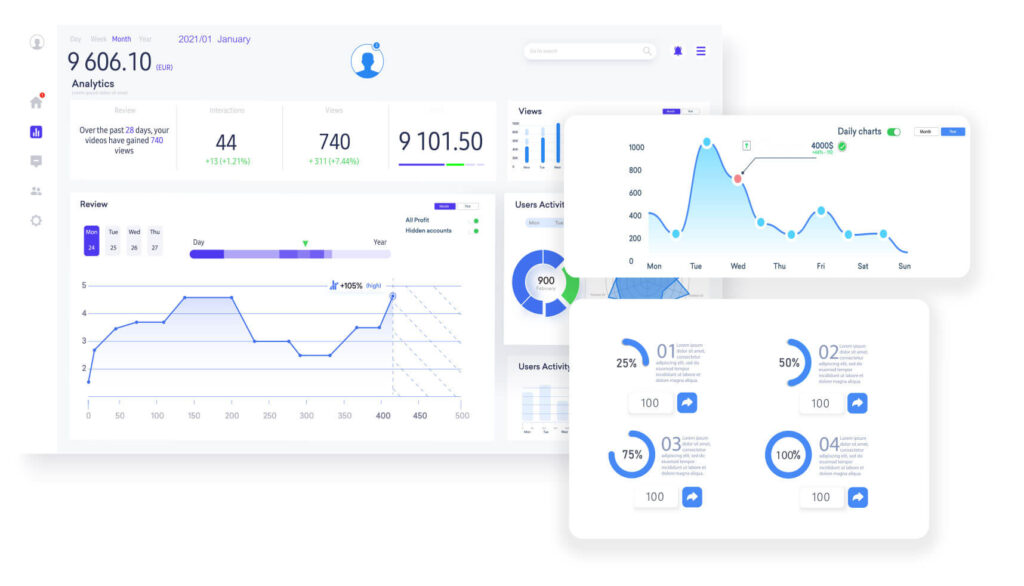The second of a series of four: Hailey Sault’s Engage newsletter insights for 2023.
The future of healthcare is here, and digital and virtual health are at the forefront of this transformation, offering new ways for healthcare providers to reach their patients and improve healthcare delivery. As the health industry continues to embrace the digital and virtual care technologies, it’s also becoming increasingly clear that healthcare organizations that continue to drive engagement and adoption of these innovations will seize the market advantage.
Providing access to clinical and patient-generated data, as well as easier and faster communication between providers and patients, digital health has established itself as a vital part of patient care. From e-prescribing to online booking, digital and virtual healthcare technologies are providing greater convenience for providers and patients alike. Moreover, these applications are efficient, expand patient access to healthcare providers, and create new revenue streams. Organizations slow to adopt these technologies will find themselves behind the curve in the future.
Virtual health is also quickly becoming a powerful tool for healthcare providers, allowing for virtual visits, remote monitoring, and remote patient management. By using virtual health, providers can diagnose and treat patients, regardless of their location. Virtual care platforms allow providers to offer personalized care, while also reducing wait times and eliminating the costs associated with in-person visits.
With more patient data available and a greater number of data points to track, healthcare providers are able to provide more comprehensive and timely care to their patients. Furthermore, the convenience, flexibility, and cost savings offered by digital and virtual health technologies are leading more patients to seek out healthcare services online.
In this evolving environment, healthcare marketing teams must also keep pace in order to drive performance. There’s simply too big a disconnect leveraging traditional, or even integrated marketing strategies to create digital health adoption. Effective marketers need to lead with pure play digital in order to leverage the potential of virtual and digital health for their organizations. Here are the top three marketing strategies for digital health.
1. Activating Social Media: Social media platforms can be a great way to reach a large audience with minimal time and effort. However, too often they’re repositories for photos of community events, new docs and nurses, or other simple feel-good moments that you believe reinforce brand values. In fact, social media should be an integral part of the patient journey, and reflective of human centered design strategies. Sponsored content and paid social efforts can be used to expand reach and create brand engagement for these purposes.


2. Creating a Responsive Website: Mobile access is, increasingly, the primary way people access digital health content. Healthcare brands must ensure that their websites have applied thoughtful UX for real-time digital health applications, are responsively-designed, and that they use content delivery networks to ensure fast loading of pages and images. Additionally, health and wellness brands should make sure the responsive site design is interconnected across multiple devices so that users can access information from any device.
3. Data Analytics: Collecting and analyzing user data is essential for creating successful digital health campaigns. Google Analytics expertise is essential to tracking patient behavior. Applying data analytics insights will also allow brands to personalize content, as well as leverage automation technologies in order to deliver custom content based on customer behavior.

Conclusion
By the end of this year, organizations that embrace these digital best practices will realize a competitive advantage in their markets. This isn’t hyperbole, it’s simply the continuation of digital adoption by all consumer segments across all categories. For obvious reasons, like HIPAA and patient privacy, healthcare has been slow to adopt some of these innovations. But the pandemic pushed all of our boundaries, and patients are becoming used to having these digital tools and capabilities at their disposal. As such, growth oriented healthcare brands will continue to push the envelope to meet this demand.



